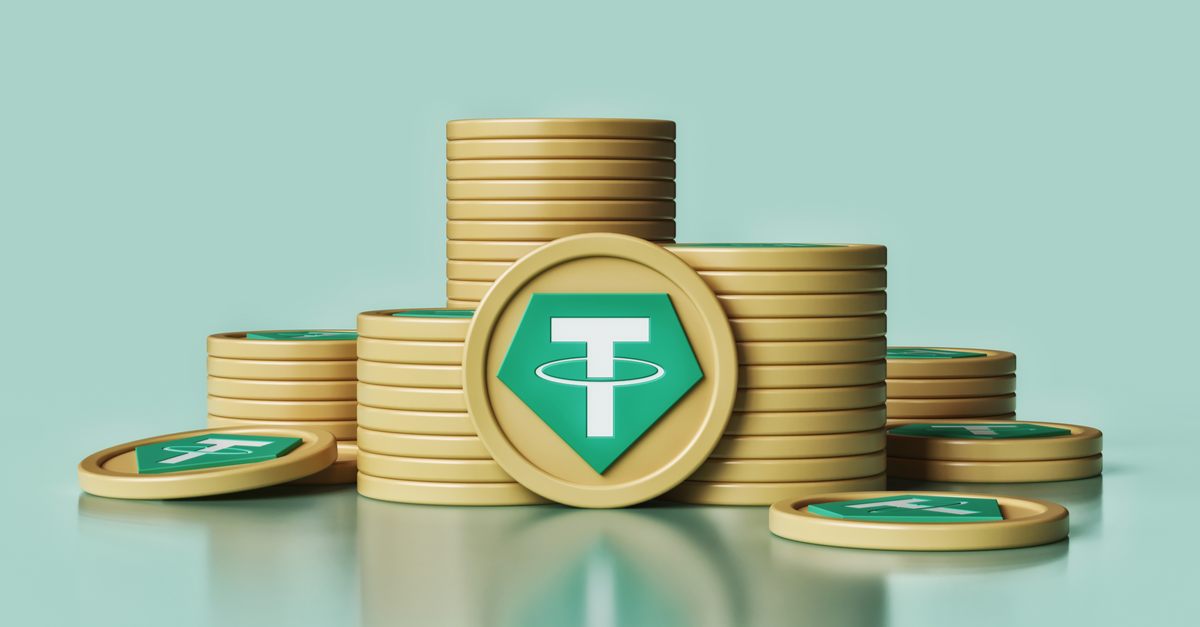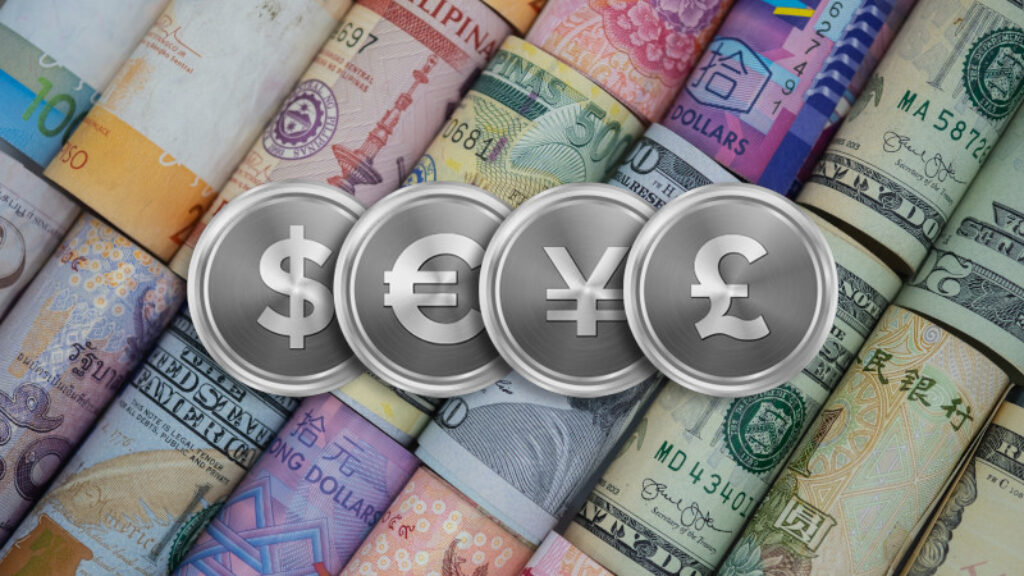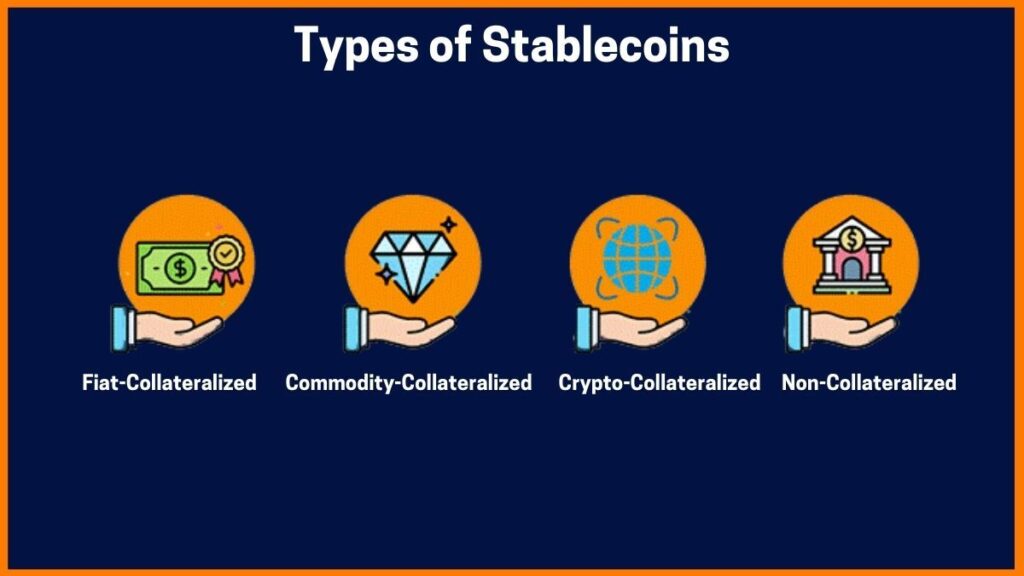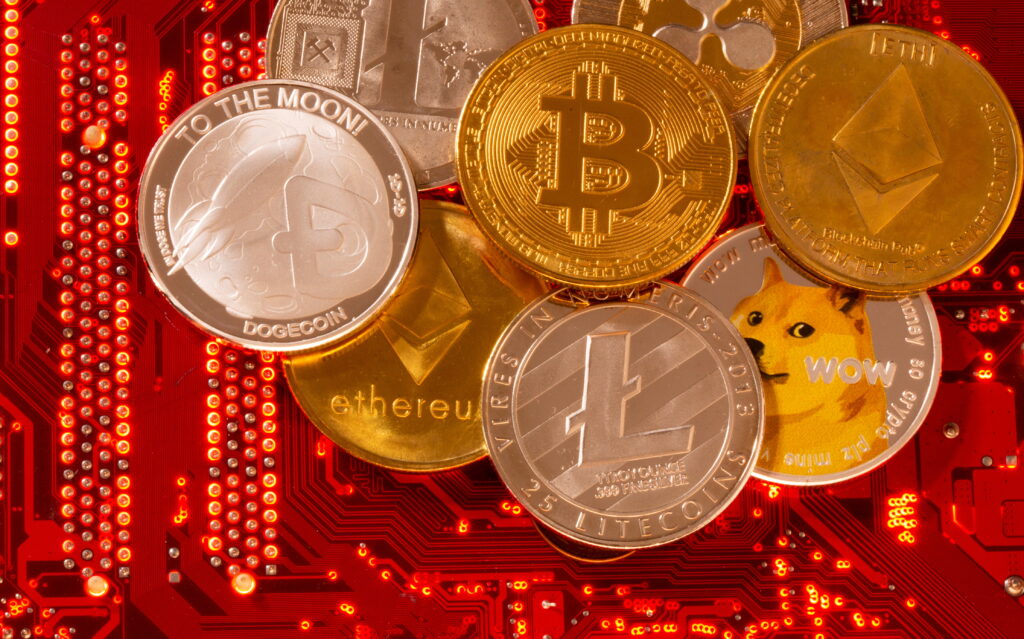
Cryptocurrencies are decentralized digital currencies that have grown in popularity in recent years. However, one of the main problems with cryptocurrencies is volatility. Stablecoins were introduced accordingly. In this article, we will explain what stablecoins are, how they work, and describe the pros and cons of stable cryptocurrencies.
Table of Contents
What Is a Stablecoin?

Source: coin.guru
A stablecoin is a cryptocurrency designed to have a stable value. In other words, keep the price constant. Unlike traditional cryptocurrencies like Bitcoin and Ethereum, which are highly volatile and can fluctuate wildly in price, stablecoins are backed by reserve assets such as fiat currencies and commodities such as gold.
How Do Stablecoins Work?
Stablecoins maintain a peg to a particular asset or group of assets. That is usually done through a combination of smart contracts and market forces. For example, a USD-pegged stablecoin is backed by a USD reserve, and a smart contract keeps the value of the stablecoin constant at 1 USD.
Types of Stablecoins

Source: crackittoday.com
There are different types of stablecoins, including fiat currencies, commodities, and algorithmic stablecoins.
Fiat-backed stablecoins are backed by fiat currencies such as US dollars and euros. Examples of fiat-backed stablecoins are Tether (USDT), USD Coin (USDC), and TrueUSD (TUSD).
Commodity-backed stablecoins are backed by commodities such as gold and silver. These types of stablecoins are less common, but examples include Digix Gold (DGX) and Paxos Gold (PAXG).
Algorithmic stablecoins are powered by a set of algorithms that use market forces to maintain a stable value. The most well-known algorithmic stablecoin is Dai (DAI), which is backed by a basket of cryptocurrencies and uses a sophisticated system of smart contracts and market incentives to maintain its value.
Advantages of Stablecoins
Stablecoins have several advantages over traditional cryptocurrencies, including:
Stability – stablecoins provide a stable store of value that can be used for everyday transactions. This stability is especially useful in countries with unstable currencies. Stablecoins can store value and provide a more stable alternative for conducting transactions.
Safety – stablecoins are based on blockchains, which provide security and immutability. Transactions can be made instantly and securely without the need for trusted intermediaries like banks.
Decentralization – while some stablecoins are backed by centralized entities, many are decentralized and offer benefits of blockchain technology, such as decentralization and transparency.
Liquidity – stablecoins are highly liquid and can be traded on most cryptocurrency exchanges. This means they can be bought and sold easily, making them a useful tool for traders and investors.
Cross-border transactions – stablecoins can be used for cross-border transactions, making cross-border remittances easier and cheaper. This is especially useful for people in countries with strict capital controls or limited access to traditional financial services.
Disadvantages of Stablecoins

Source: reuters.com
Stablecoins offer some advantages over traditional cryptocurrencies, but they also have some potential drawbacks.
Centralization issu – many stablecoins are backed by centralized entities such as companies and corporate consortia. This means that if the entity backing the stablecoin fails, the stablecoin can become worthless. Additionally, companies backing stablecoins may be subject to regulatory or legal action that may affect the value of the stablecoin.
The issue of transparency – some stablecoins are completely transparent and provide regular audits and information about reserves, while others may not be as transparent. Determining true value and assessing its risks can be difficult.
Market manipulation – because stablecoins are designed to maintain a stable value, they can be vulnerable to market forces trying to manipulate their prices. For example, if a large holder of a stablecoin sells a large portion of their holdings, the price of the stablecoin may drop, causing other holders to sell, further lowering the price.
Summary
Stablecoins are a new type of cryptocurrency designed to provide a stable store of value. They are backed by reserve assets such as fiat currencies and commodities and use smart contracts and market forces to maintain stable values. There are different types of stablecoins, including fiat currencies, commodities, and algorithmic stablecoins. Stablecoins offer several advantages over traditional cryptocurrencies, such as stable stores of value and the benefits of blockchain technology. As the use of cryptocurrencies continues to grow, stablecoins are likely to become an increasingly important part of the crypto ecosystem.







